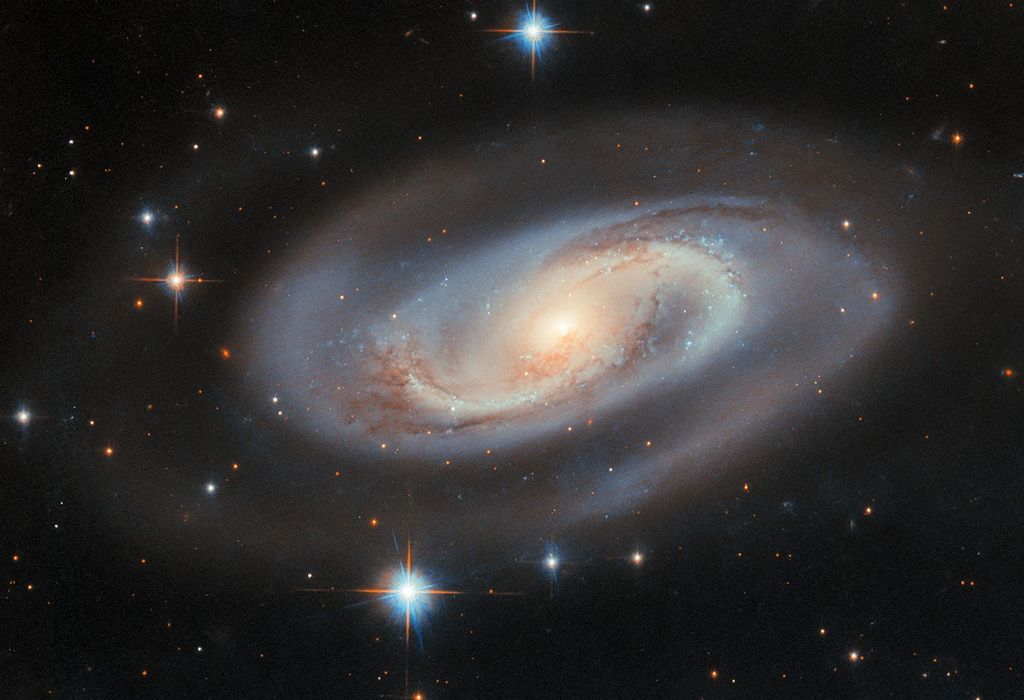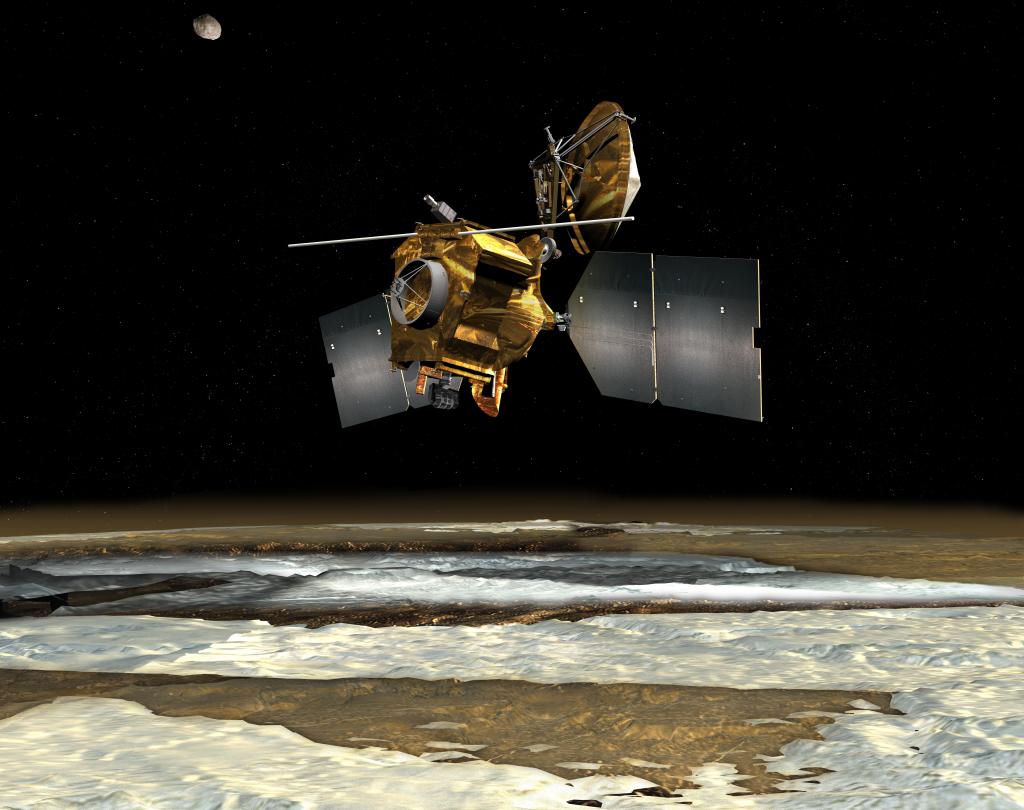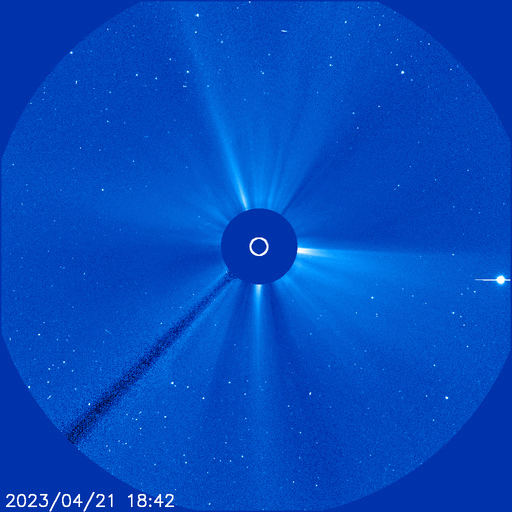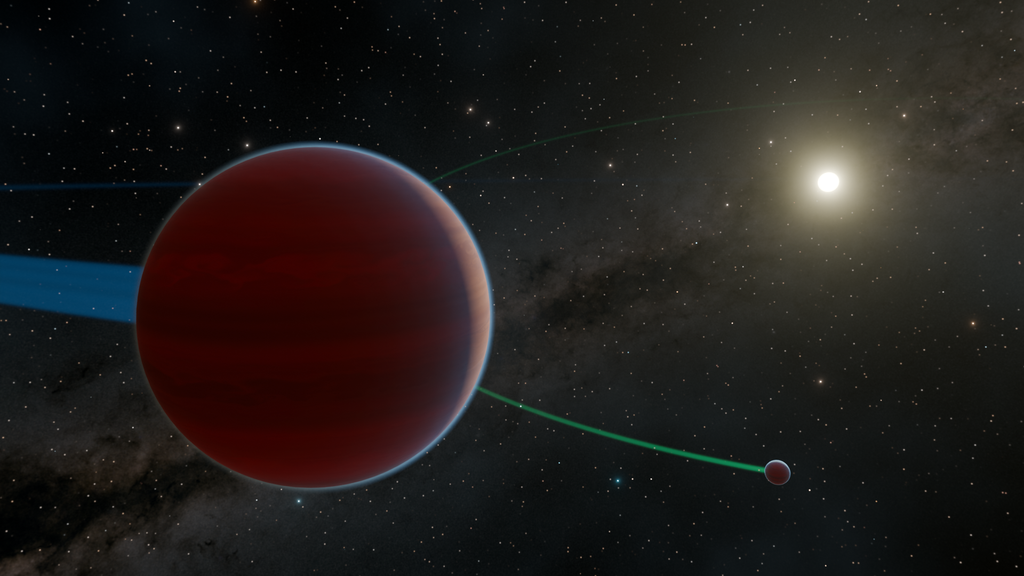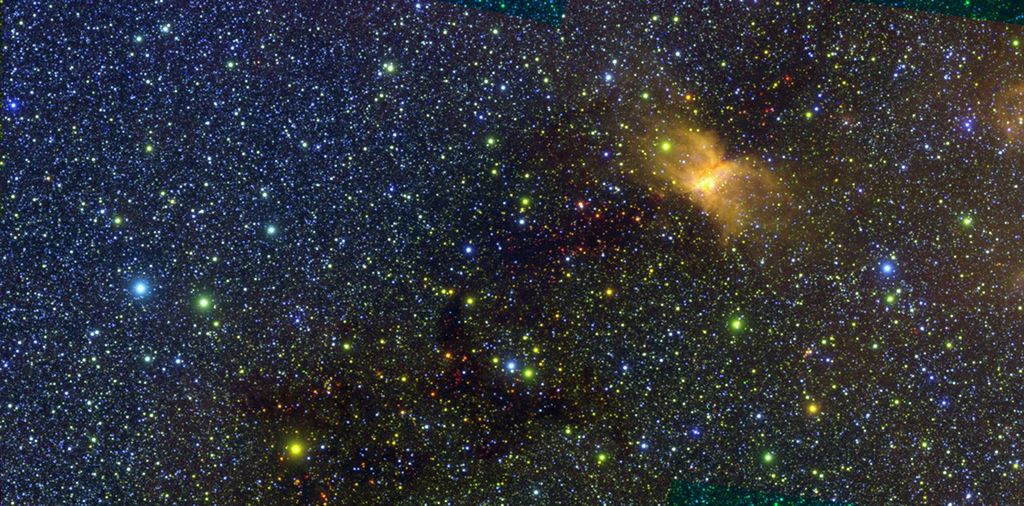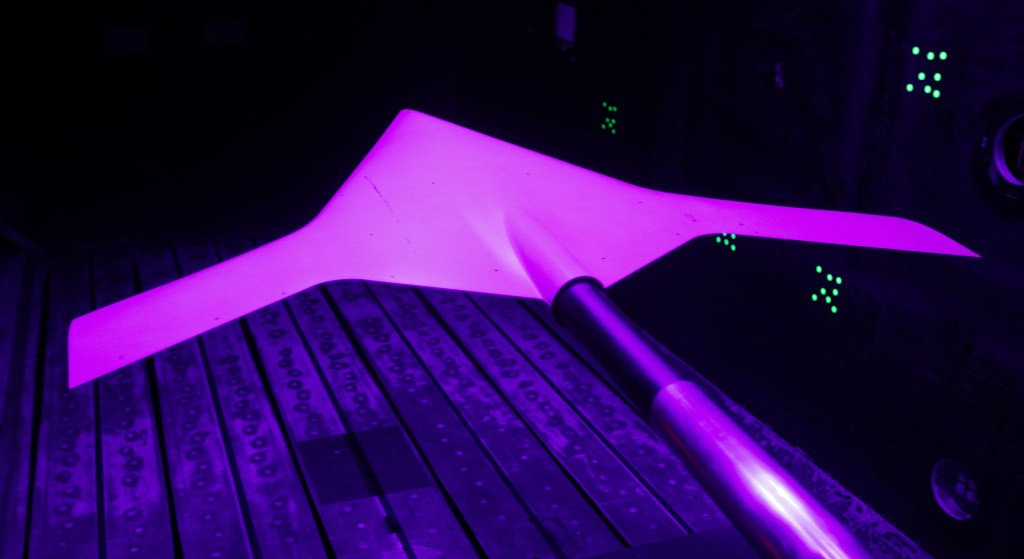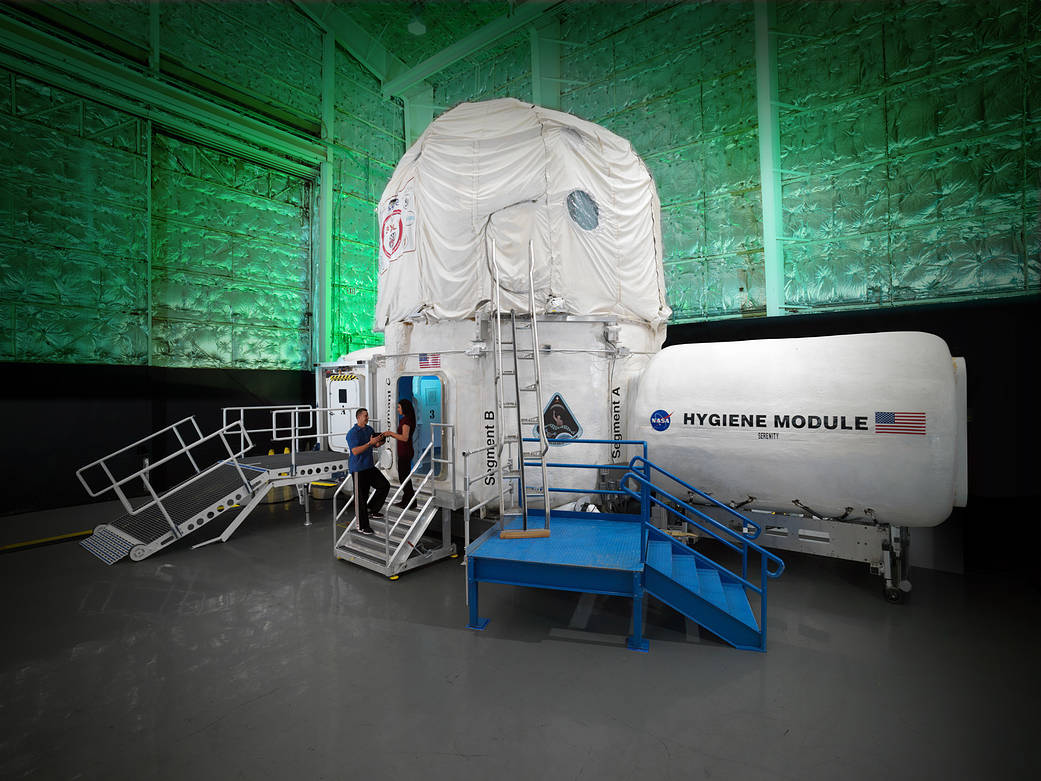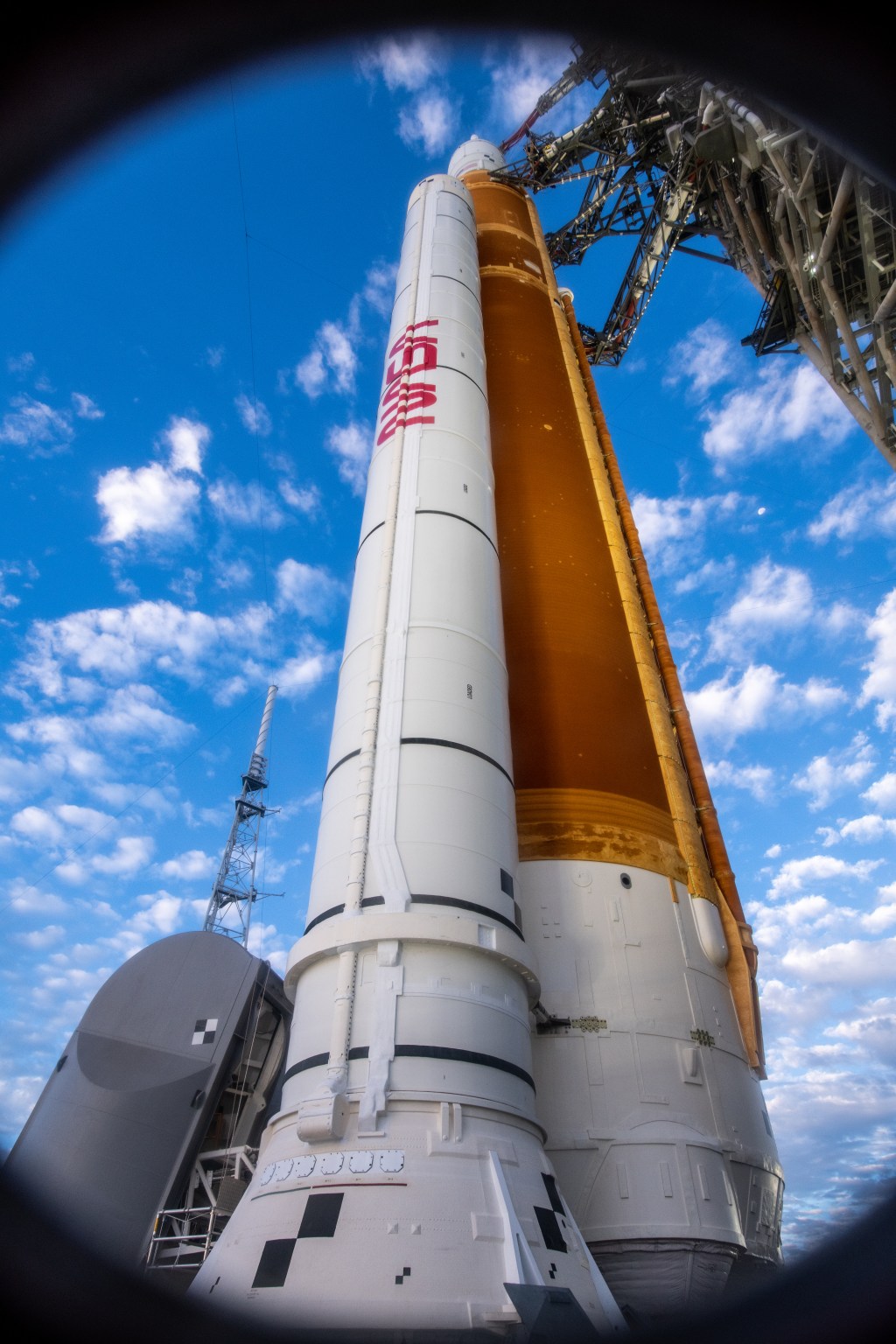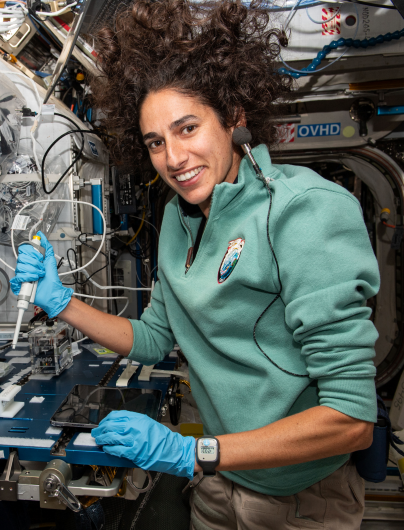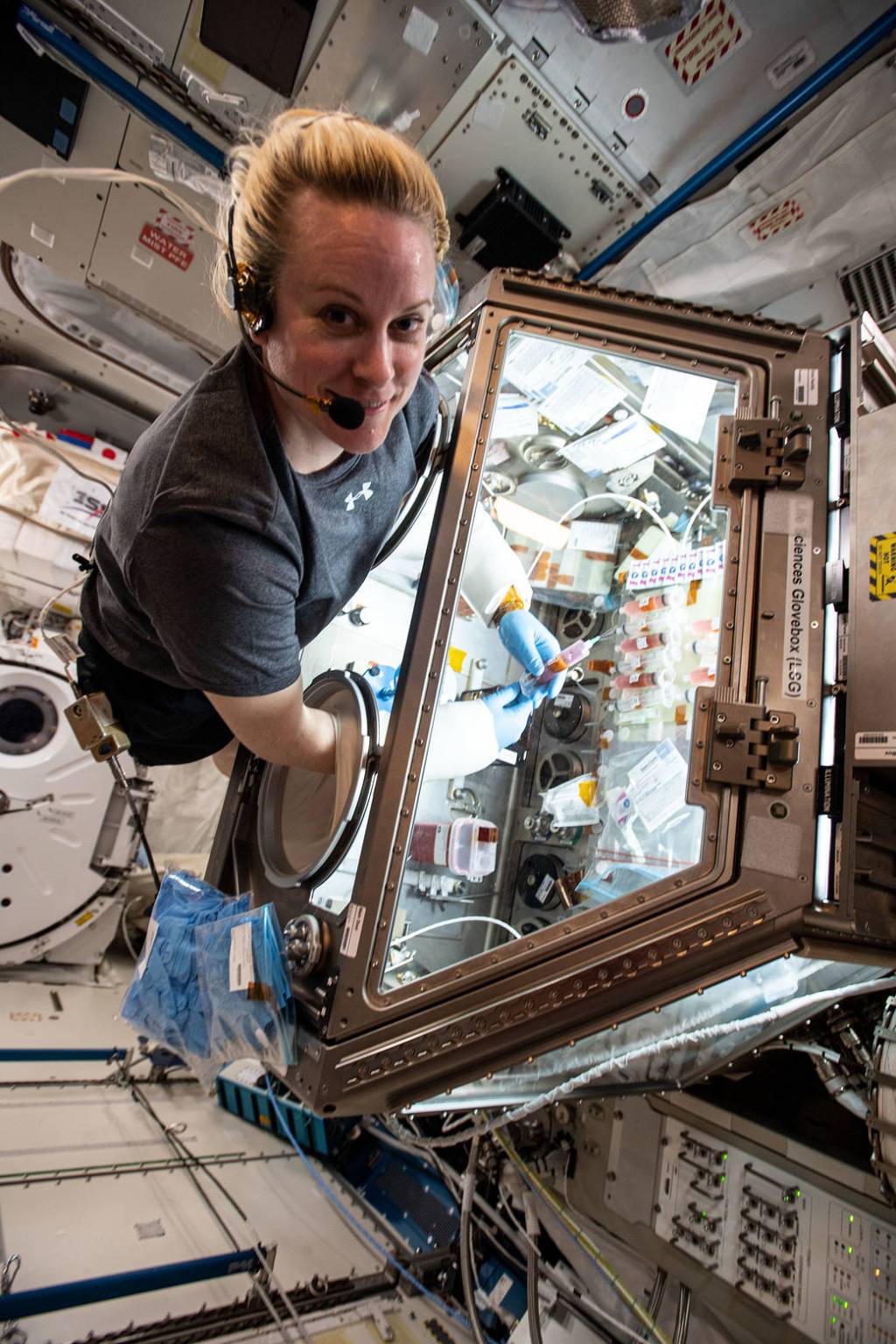K-12 Students: Design NASA’s Next HERA Campaign Patch
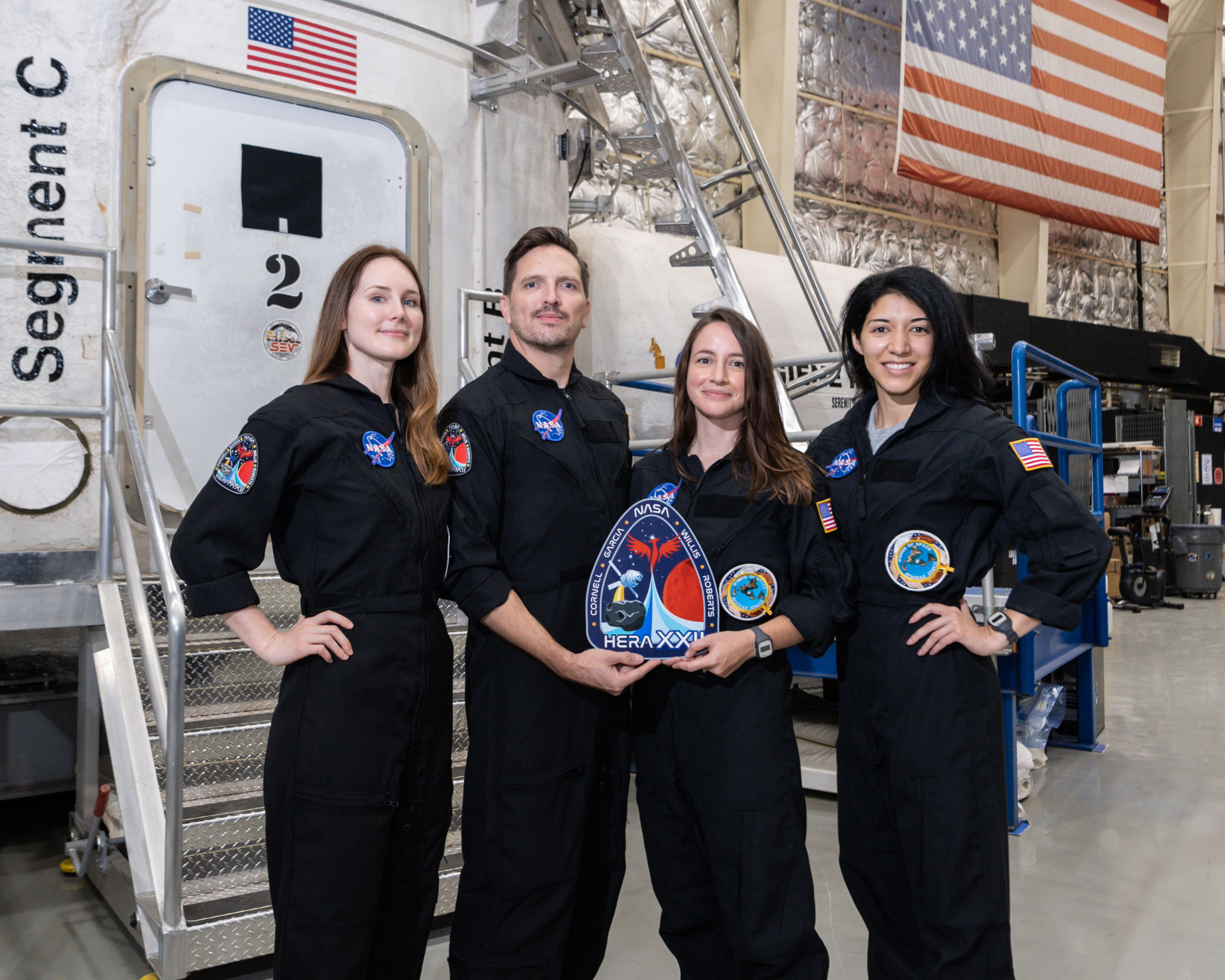
NASA, in collaboration with the nonprofit Space Center Houston, is calling on students to design/illustrate a patch that represents the goals of HERA’s Campaign 8 missions.
What is HERA?
HERA is a two-and-a-half story, 650-square-foot habitat at NASA’s Johnson Space Center in Houston. The facility simulates the type of isolation, confinement, and remote conditions that astronauts will experience on deep space missions.
Beginning in 2026, four missions will take place inside HERA, each simulating a trip to the Moon. Each mission will have four volunteer crew members who live isolated and confined within HERA for 45 days. These volunteers live and work like astronauts during the missions, carrying out maintenance, operational, and scientific tasks. The crews will also experience simulated communication delays with HERA’s Mission Control Center. Scientists assess how life within HERA affects the mental and physical health of participants. Data collected by scientists involved with HERA helps NASA plan future human expeditions to the Moon, Mars, and beyond.
Who can enter?
The challenge is open to students from public and private schools in the United States who will be in grades K-12 during the 2025-2026 academic year. Winners will be chosen from three age categories: Grades K-4, grades 5-8, and grades 9-12. A grand prize winner will be selected from the category winners.
Submissions:
Patch designs can be submitted individually or as a class project, with one design per submission. Acceptable file formats include .jpg, .jpeg, .png, .pdf, and .doc. Designs should be submitted to Space Center Houston through the link here.
Deadline:
The deadline for submissions is Wednesday, Oct. 15, 2025.
Selections:
HERA managers will select the winning designs and notify the winners before the end of the 2025 calendar year.
What’s the prize?
Winners in each age category will receive a virtual tour of the HERA facility.
The grand prize winner will have the opportunity to collaborate with a professional NASA graphic designer to finalize their design. This design will be prominently displayed on the HERA facility during all four Campaign 8 missions, which will take place in 2026 and 2027.
RESOURCES
What are we looking for?
To guide you, here are some examples of successful patches that have been used by NASA and HERA.
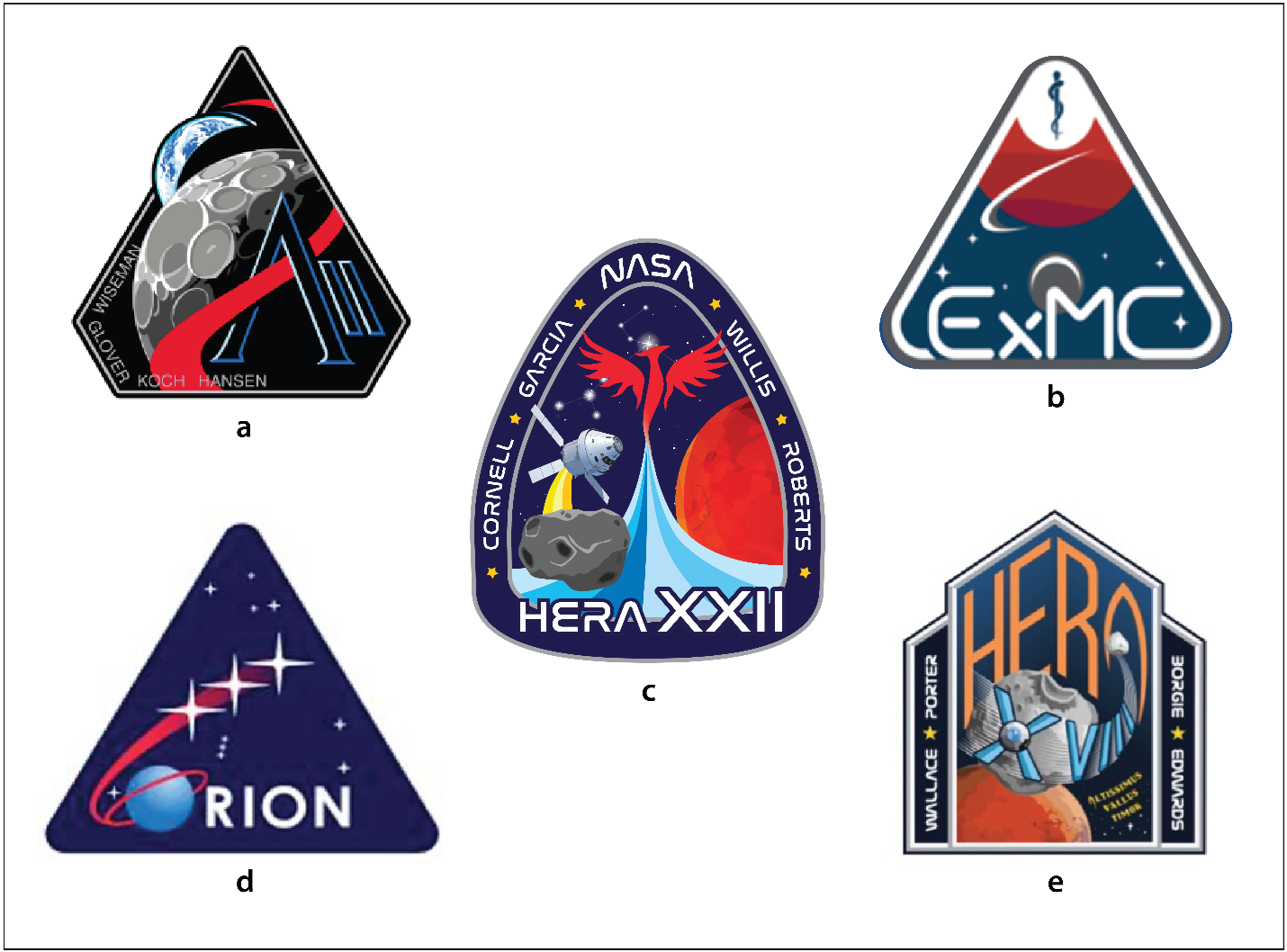
Research Themes for HERA Campaign 8
HERA Campaign 8 involves a simulated mission to Earth’s Moon. While crews are on their missions, they will be test subjects for several scientific studies that are being carefully developed by researchers from NASA and universities across the United States.
Studies within HERA will focus on the following themes:
- Crew autonomy with communication delays
On the International Space Station, astronauts have near-constant communication with mission control for guidance. However, Moon and Mars missions will involve communication delays, requiring crews to work more independently. Studies in HERA may focus on testing “smart” technologies, like augmented reality and artificial intelligence, to see how they can be optimized to assist crews in making decisions and solving problems during future deep-space journeys.
- Behavioral health and physiological effects of isolation and confinement
Spaceflight isolates crews from Earth, with limited sensory stimulation and exercise opportunities. Studies in HERA examine how this isolated environment affects physical and mental health. They also explore ways to maintain crew health, such as enhancing crew members’ exercise with sensory stimulation or other motivators.
- Teamwork
Cooperation is key to NASA’s missions, which often have crews from many national backgrounds. Studies in HERA can examine how cultural and linguistic differences affect team dynamics, communication, and performance in isolated, high-stress environments, aiming to improve teamwork across missions.
- Sleep Quality and Performance
Sleep quality is essential for astronaut performance. Studies in HERA examine how sleep affects cognitive function, mood, and physical performance, with crew members journaling their sleep patterns and related effects. The goal is to find strategies to improve sleep quality and manage disruptions on long-duration missions.
Best of luck with your designs!



